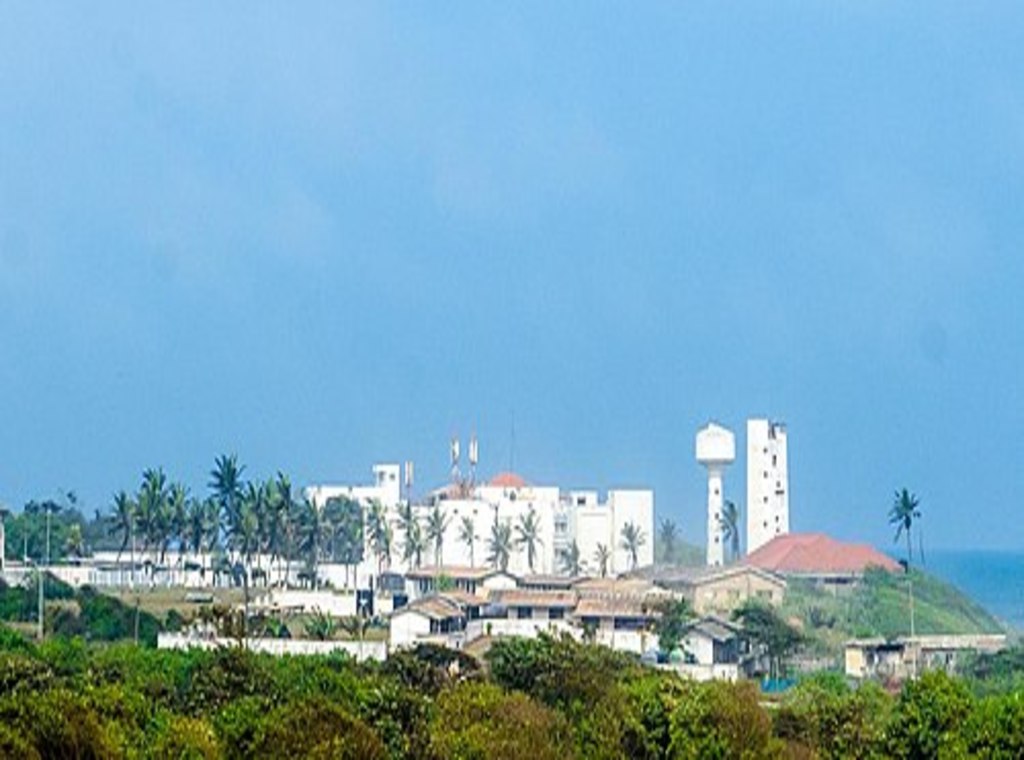What Say Our Client
Destination | Osu Castle

Osu Castle in Greater Accra Region
Description
Osu Castle (also known as Fort Christiansborg or the Castle) is a castle located in Osu, Ghana on the coast of the Gulf of Guinea in Africa. A substantial fort was built by Denmark-Norway in the 1660s, thereafter the fort changed ownership between Denmark-Norway, Portugal, the Akwamu, Britain, and finally post-Independence Ghana. Under Denmark–Norway control it was the capital of the Danish Gold Coast, and held and dispatched enslaved people overseas. In 1902, Osu Castle became the seat of government in Ghana but this has now moved to Golden Jubilee House. The area was first occupied in 1550 by the Portuguese, though in the 17th century Portuguese influence diminished. The area came under the control of Sweden in the 1650s, led by the German trader Heinrich Carloff. In 1652, he was given permission to build a small fortified lodge by the King of Accra, with whom he had previously done business. In 1660, control passed to the Netherlands but it was soon lost to Denmark-Norway. In 1657, Carloff had again traveled to Africa, this time representing Denmark-Norway. He aimed to conquer the forts he had previously established, which he found easy at Osu. In its early life, the castle was primarily used in the gold and ivory trade, but under Dano-Norwegian control it increasingly dealt with slaves. Entrance to Fort Christiansborg after it was opened to the public in 2017. Osu Castle was located close to two other forts. Fort Crèvecœur was controlled by the Dutch and Fort James by the British. The settlement at Osu was too small to store sufficient goods to compete with the others. Consequently, Denmark-Norway purchased adjoining land and expanded the building, naming it Fort Christiansborg after the reigning Danish King Christian V. This is not to be confused with the slightly later royal palace in Copenhagen. Denmark-Norway would occupy the fort for most of the next 200 years, with some interruptions, and for much of that time it served as the capital of the Gold Coast of Denmark-Norway.
